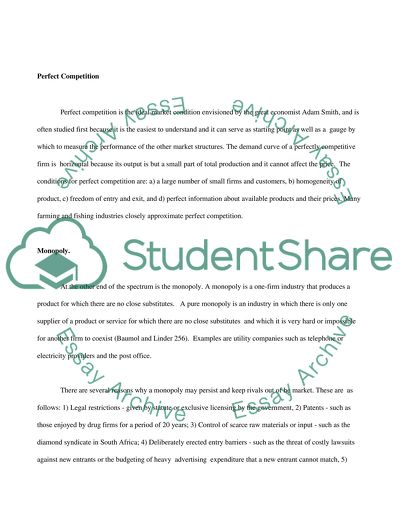Cite this document
(Microeconomics: Principles and Policy Assignment - 1, n.d.)
Microeconomics: Principles and Policy Assignment - 1. Retrieved from https://studentshare.org/macro-microeconomics/1548632-microeconomics
Microeconomics: Principles and Policy Assignment - 1. Retrieved from https://studentshare.org/macro-microeconomics/1548632-microeconomics
(Microeconomics: Principles and Policy Assignment - 1)
Microeconomics: Principles and Policy Assignment - 1. https://studentshare.org/macro-microeconomics/1548632-microeconomics.
Microeconomics: Principles and Policy Assignment - 1. https://studentshare.org/macro-microeconomics/1548632-microeconomics.
“Microeconomics: Principles and Policy Assignment - 1”, n.d. https://studentshare.org/macro-microeconomics/1548632-microeconomics.


